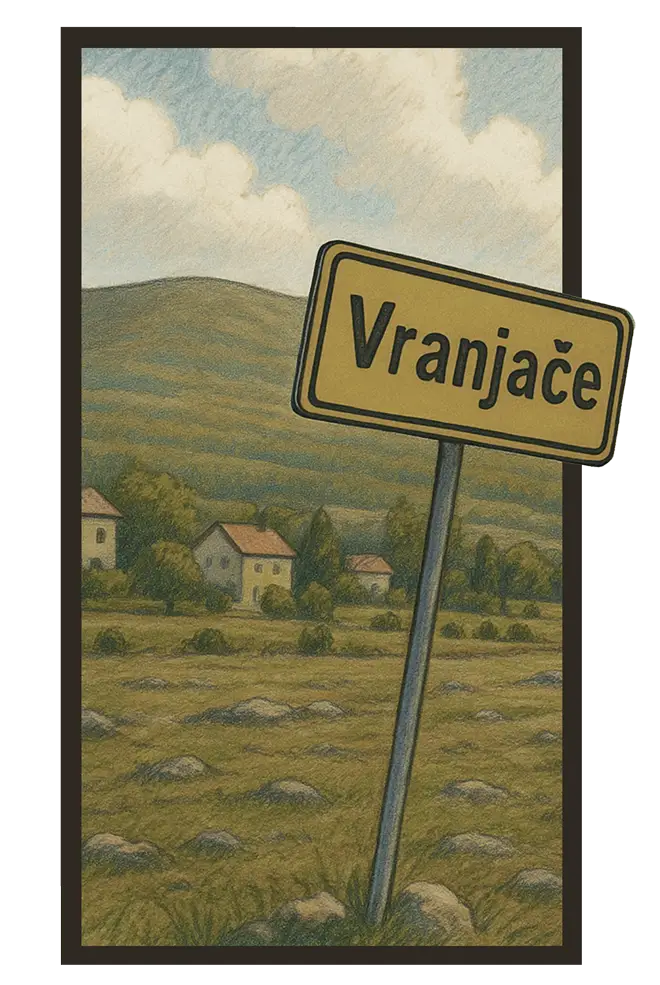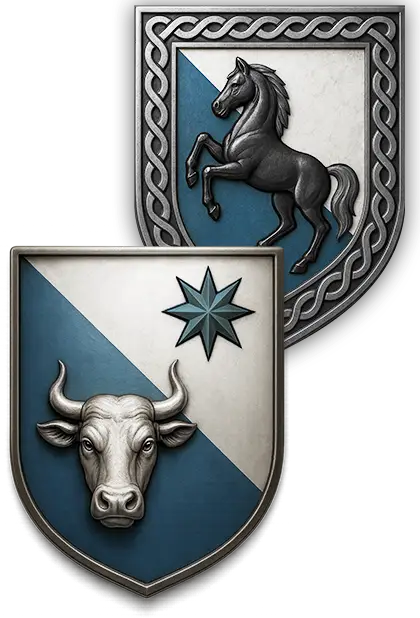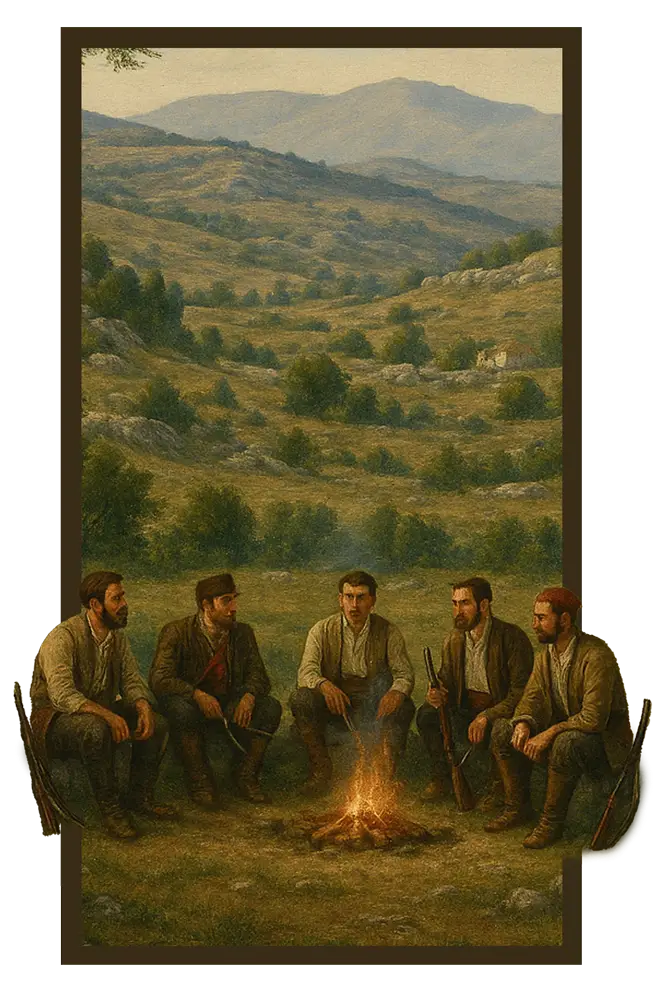Military Road
The Trogrlić family was involved in the military for generations and was always in the service of their homeland.
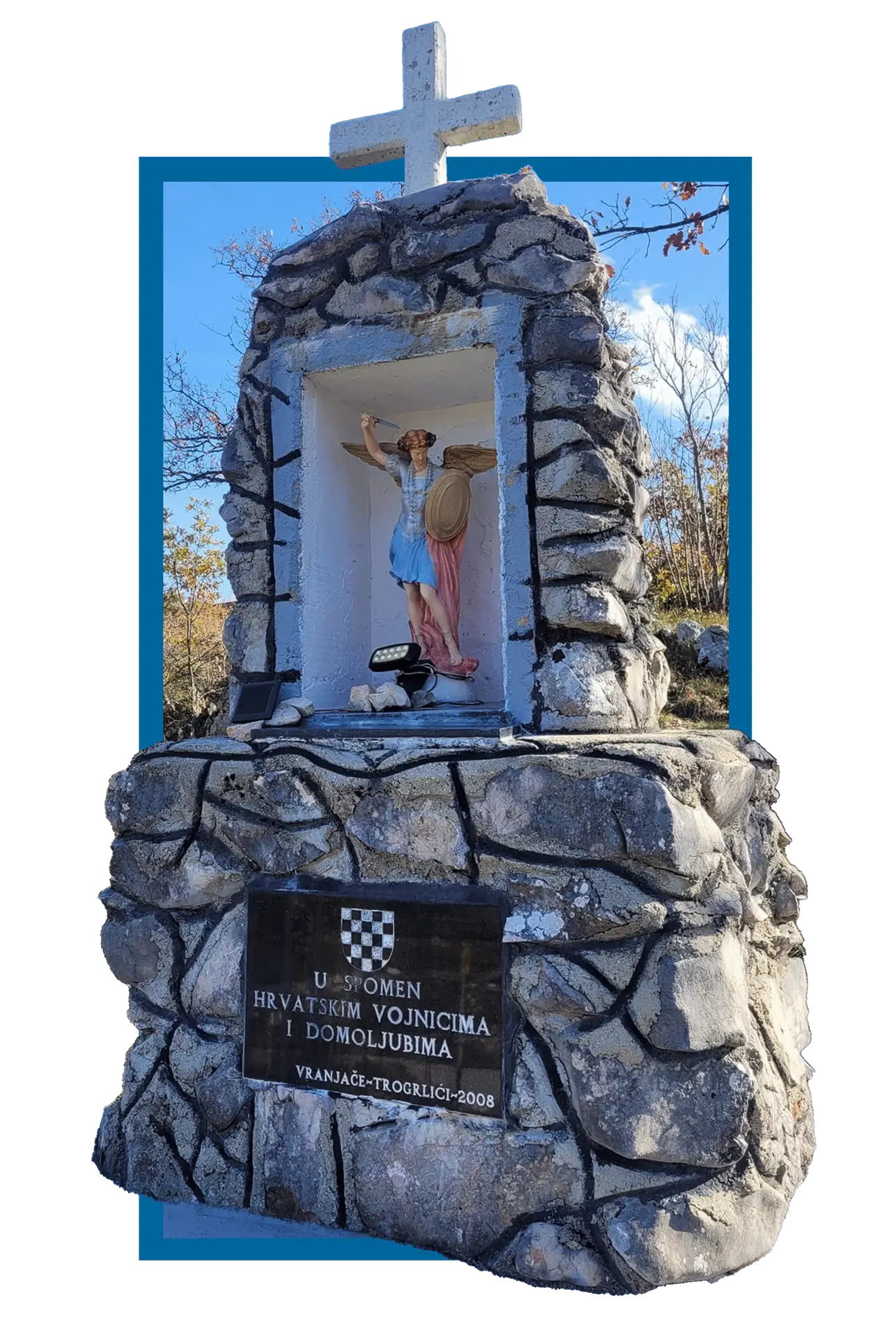
Erected by the Trogrlić in 2008 in Vranjače
Rise of a farming family to local importance
Country and influence
The Republic of Venice granted land to local families to strengthen its borders against the Ottomans. These land gifts were part of a deliberate strategy to gain loyal defenders and establish stable bases along the border. Particularly in Dalmatia and Istria, where resistance to the Ottomans was of great importance, the recipients of the land were to serve as military sentries. In this way, Venice combined land ownership with the responsibility of protecting the border and ensuring the security of the Republic.
By 1725, the Trogrlić family was firmly established and economically active. A list of the Venetian administration shows that four Trogrlić families received land grants, demonstrating the high social relevance of these lines:
- Mate Trogrlić: 30-family, received 9 canapés
- Ivan Trogrlić: 7-family, received 6 canapés
- Martin Trogrlić: 8-family, received 13 canapés
- Grgo Trogrlić: 7-family, received 6 canapés
These records make it clear that the family was already one of the most influential peasant clans in the region at the turn of the 18th century. Their efforts against the Ottomans, their return, and their loyalty to the new Venetian administration clearly paid off.
The Trogrlić in Venetian service (1796)
At the end of the 18th century, during the final years of Venetian rule over Dalmatia, a notable reference to members of the Trogrlić family from Studenci was found in the registers of the Republic of Venice. In a military list dated December 31, 1796, preserved in Venice, three men of this line are listed as soldiers in the personal company of Colonel Vicko Michieli Vitturi:
- Augustin Trogrlić, Son of Mate
- Mate Trogrlić, son of Augustin
- Miho Trogrlić, son of Petar
All three originate from Studenci, a town that was a center of the Trogrlić family for many generations. Their inclusion in military records suggests that they were part of the famous “Fanti Oltramarini”—Venice’s Dalmatian troops abroad, who served in the capital itself as well as in other parts of the empire.
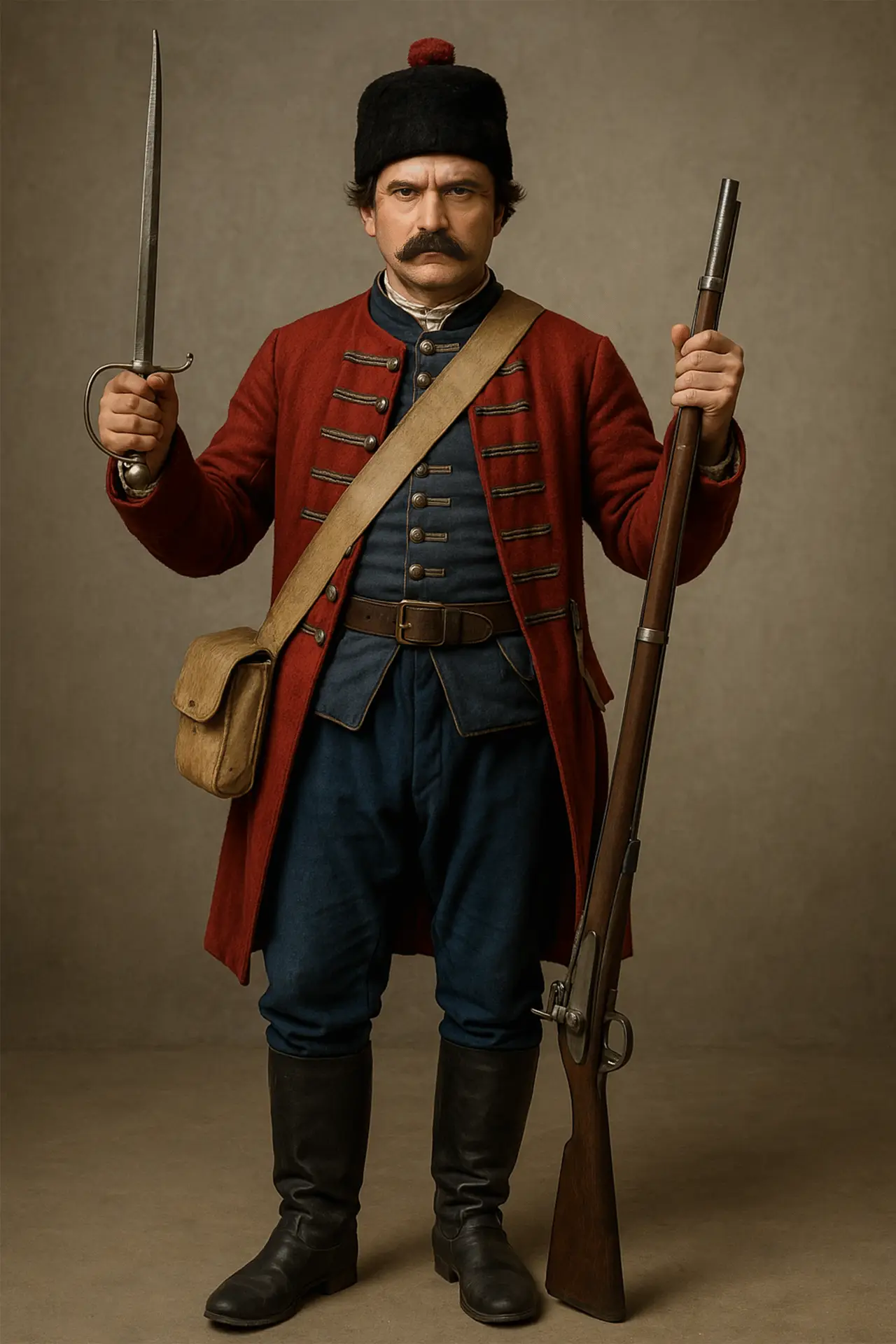
- Who was Colonel Vicko Michieli Vitturi?
Vicko Michieli Vitturi was a Venetian nobleman and officer from one of Dalmatia’s old patrician families. The Michieli-Vitturi family originally came from the Venetian upper class, but during the 17th and 18th centuries also maintained a strong presence in Dalmatia – particularly in Split and Trogir. Vicko himself was a loyal servant of the Republic and, until its downfall, commanded a personal force of selected Dalmatian soldiers, many of them Catholic Croats from the hinterland.
His name appears in several military records of the period, particularly in connection with the defense of the remaining Venetian positions against French and Austrian influence. The fact that members of the Trogrlić family were directly under his command indicates a certain reliability, discipline, and probably also regional reputation of these men.
- What is a canapé?
Kanape was a historical unit of land used during the Venetian administration in Dalmatia and Herzegovina. The term comes from the Venetian “canapo,” a rope used to measure land.
Size of a Kanape:
One Kanape corresponded to approximately 1/3 of a hectare, or around 3,300–3,500 square meters, depending on the region and soil type.
Importance for families like the Trogrlić:
In 1725, four Trogrlić branches received between 6 and 13 Kanape of land from the Republic of Venice—sometimes over 30,000 square meters per family. This was not only a significant economic foundation, but also a sign of their loyalty, military strength, and importance in the border region with the Ottomans.
Legally speaking, it was usually an inheritable right of use that was tied to the family under certain conditions.
Significance for family history
The mention of several Trogrlić from Studenci serving in the Venetian army is striking evidence of the military and social role that individual family members played in the region at the end of the 18th century. In a time of uncertainty, when the balance of power between Venice, Habsburg, and Napoleon was rapidly shifting, they sided with the old order – the Serenissima.
This episode not only marks the transition from Venetian to Austrian rule, but also the end of a military system in which Dalmatian peasants and warriors fought for Venice while simultaneously defending their villages, their faith, and their identity. The Trogrlić family’s appearance on the stage of history at this moment is more than a footnote – it is an indication of their roots in the region’s historical development.
The Second World War and the fate of the Trogrlić family
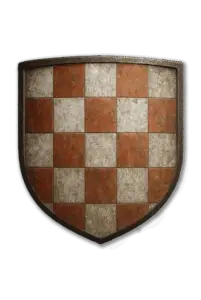
During World War II, several members of the Trogrlić family joined the Croatian units fighting for an independent Croatia. With the end of the war in May 1945 and the withdrawal of many units towards Austria, the trace of some family members goes cold in Bleiburg – the place that would later become synonymous with a major post-war trauma in Croatian history. One of them was Mirko Trogrlić, the brother of Mate “Krolo.” It was long suspected that he, too, lost his life there.
Mate Trogrlić, not a fighter himself, nevertheless offered a silent resistance. He supported Croatian units in the region with food and his excellent local knowledge. No one knew the forests, paths, and hiding places around Vranjače better than he did. However, this assistance made him a target of the new communist regime after the war. Partisans from neighboring Roško Polje arrived one day to take him away “for interrogation” – a euphemism that in those days almost always meant a certain death sentence.
But they hadn’t counted on Mila Trogrlić, Mate’s 17-year-old daughter. She resolutely stood protectively in front of her father, pulled out a hand grenade, and threatened to blow herself and everyone involved if they dared to take him away. The partisans retreated – and no one ever dared to interrogate or harass Mate again.
Bleiburg – a silent trauma
In Croatian remembrance culture, Bleiburg symbolizes the tragic end of World War II. In May 1945, tens of thousands of Croatian soldiers, civilians, women, and children retreated toward Austria, hoping to surrender to the Allies. However, many of them were handed over to the Yugoslav partisans – an act that, in numerous cases, ended in arbitrary mass executions and death marches. The exact number of victims is still not fully known, but the event left a deep mark on countless Croatian families – including the Trogrlić family.
Bleiburg remains a memorial to the cruelty of the war’s end and the price of political retribution.
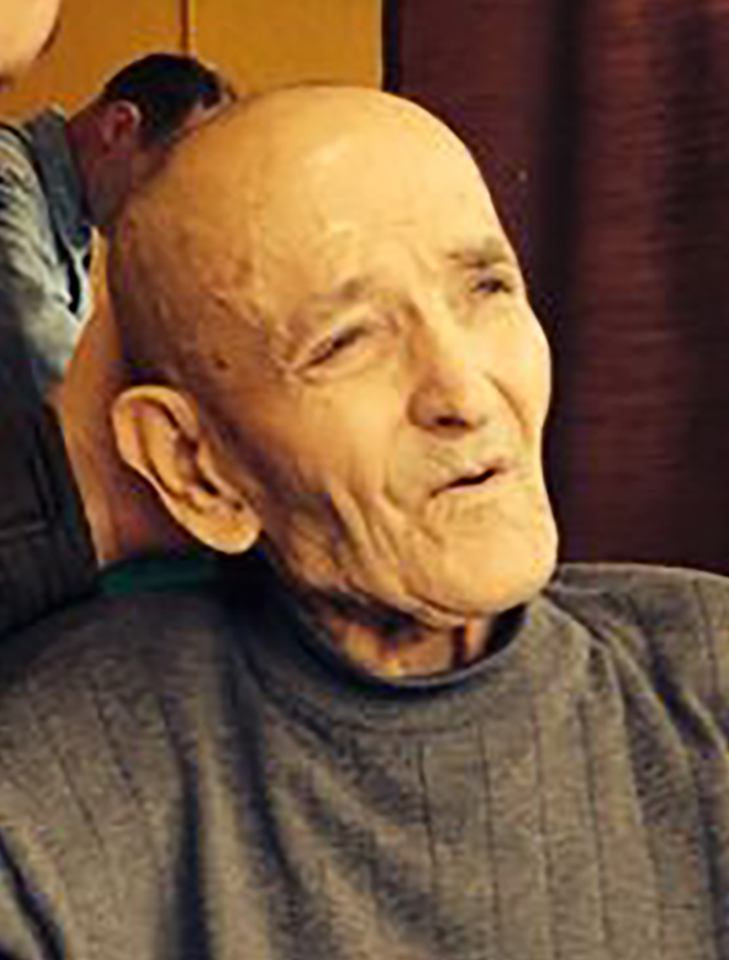
Decades passed before Mirko Trogrlić’s fate was clarified. In 2014, he was found in a psychiatric hospital in Mostar—a broken man, scarred by a fate that no one in his family could ever fully reconstruct. He finally died there. His nephew, Marinko “Majin” Trogrlić, the son of Mate “Krolo,” had his body transported and buried with dignity in Mate’s family grave in Roško Polje.
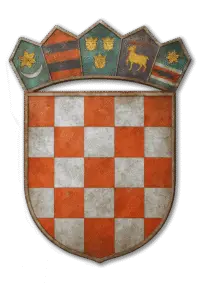
The Trogrlić family in the Croatian War of Independence (Domovinski rat)
The Trogrlić family also stood firmly by their people in the fight for Croatia’s independence in the 1990s. Several members from Vranjače and extended family members volunteered to defend the young Croatian state, many of them in the Zbor Narodne Garde (ZNG), the forerunner of the Croatian Army.
Special mention should be made of the sacrifice of Ivan Trogrlić from Vranjače, one of the eleven heroes of Bjelovar who lost their lives in the explosion at the Barutana ammunition depot on September 29, 1991. These men had opposed Serbian Major Milan Tepić, who wanted to blow up the arsenal with over 170 tons of explosives in order to destroy the city. Despite risking their lives, Ivan and his comrades tried to prevent the attack, knowing that doing so could mean their deaths. Their selfless act saved countless lives in Bjelovar and the surrounding area.
Ivan Trogrlić is still honored today. His name is read out every year on September 29 in Bjelovar at the memorial ceremony at the Barutana ammunition depot, where these eleven men are venerated as true heroes of the Republic of Croatia. Their bravery, courage and willingness to sacrifice will remain unforgettable – not only in Bjelovar, but also in Vranjače, where Ivan had his roots.

19.11.1970 - 29.09.1991
